WHO WE ARE
We are a council of 90 Aboriginal women and men elected by our communities in Central Australia to represent them, fight for their rights, help them reclaim and manage their land and realise the opportunities that come with the recognition of property rights.
Our beginnings as a council go back to the mid-seventies when land rights activism led to the Aboriginal Land Rights Act (Northern Territory) 1976 which allowed Aboriginal traditional owners to claim back half of the land in the Northern Territory.
Thanks to that legislation, they today hold inalienable freehold title over more than 417,000 square kilometres of land in Central Australia. This collective form of title can’t be sold or mortgaged but it can be leased by agreement with the traditional owners.
The legislation also mandates that councils must be formed in order for Aboriginal people to better represent themselves in the important task of managing their land and the opportunities it offers. We – the Central Land Council – are one of four land councils in the Northern Territory. NT land councils are Commonwealth corporate entities and also have functions under the Native Title Act 1993 and under Northern Territory legislation.
Our work is immensely rewarding but can be challenging. Central Australia is vast and our region comprises the southern half of the Territory and some of Australia’s most remote, rugged and inaccessible country. Aboriginal people make up roughly a third of the Territory’s population and we represent approximately 24,000 of them.
Our constituents are widely dispersed, living in nine sub-regions across 777,000 square kilometres, and combined speak more than fifteen different languages.
They are highly mobile and the staff of the CLC travel more than 2.5 million kilometres each year, both in the Territory and across its borders, to work with constituents.
Aboriginal people in our region are meeting unique challenges. We as a group are more likely to be homeless and unemployed, more vulnerable to the impacts of climate change and more likely to suffer poor health and die younger than any other Australian population.
But we are strong and determined to improve the education opportunities in our communities, protect our native plants and animals and to practice and share the unique ecological knowledge, languages and cultures that are central to our identities.
Our job is no less than to ensure that our families can continue to survive and thrive on their land, as they have for millennia. This is what we do, this is who we are.
CLC members take part in a council induction before electing a new leadership team.
OUR COUNCIL
The Central Land Council is a representative body of 90 Aboriginal people elected from communities in the southern half of the Northern Territory.
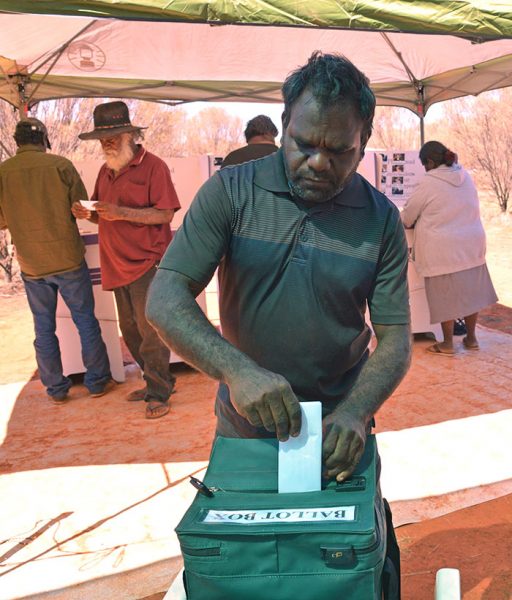
CLC members set policy for the council. The council’s functions and rules are specified in the Aboriginal Land Rights Act (NT) 1976 and we follow a code of conduct.
We meet three times per year in different locations in Central Australia. Our meetings are generally open to all Aboriginal people in the CLC area but only council members may vote or hold office.
We review the list of communities and allocation of representatives but the federal Minister for Indigenous Australians approves any changes.
Council elections are held every three years. Communities and outstations in the CLC area nominate one or more members for a three-year term. At the first meeting of the new council we members elect a chair and deputy chair, and the five members who will represent the CLC on the advisory committee of the Aboriginals Benefit Account (ABA). These elections are run by the Australian Electoral Commission. We then gather in regional groups to nominate an executive member for each of our nine regions.
The last CLC election was in early 2025.
Council members make decisions in the best interests of Aboriginal people in our region and keep the CLC strong. The council has made rules for council and executive committee meetings to support strong governance.
Aboriginal people of our region can look at those rules and the council or executive committee meeting minutes at our Alice Springs office. Please call 08 89516211 to contact our strategy and performance manager.
Download the CLC’s governance manual.
OUR MEMBERS, EXECUTIVE AND CHAIR
Aboriginal residents in each of our nine sub-regions elect delegates to represent them at land council meetings. Information about the main outcomes, strategic and policy decisions is published after each council meeting.
For some communities the council has recognised an Aboriginal organisation as responsible for nominating the CLC council representatives for that area. It decided this after looking at the organisation’s representation of Aboriginal people in that area. These organisations, also known as ‘registered entities’, are listed below.
The 90 council members elect our 11-member executive, a committee of the council with formally delegated powers. The executive meets between council meetings, generally seven or eight times a year. It is comprised of the chair, the deputy chair and one member from each of our nine sub-regions.
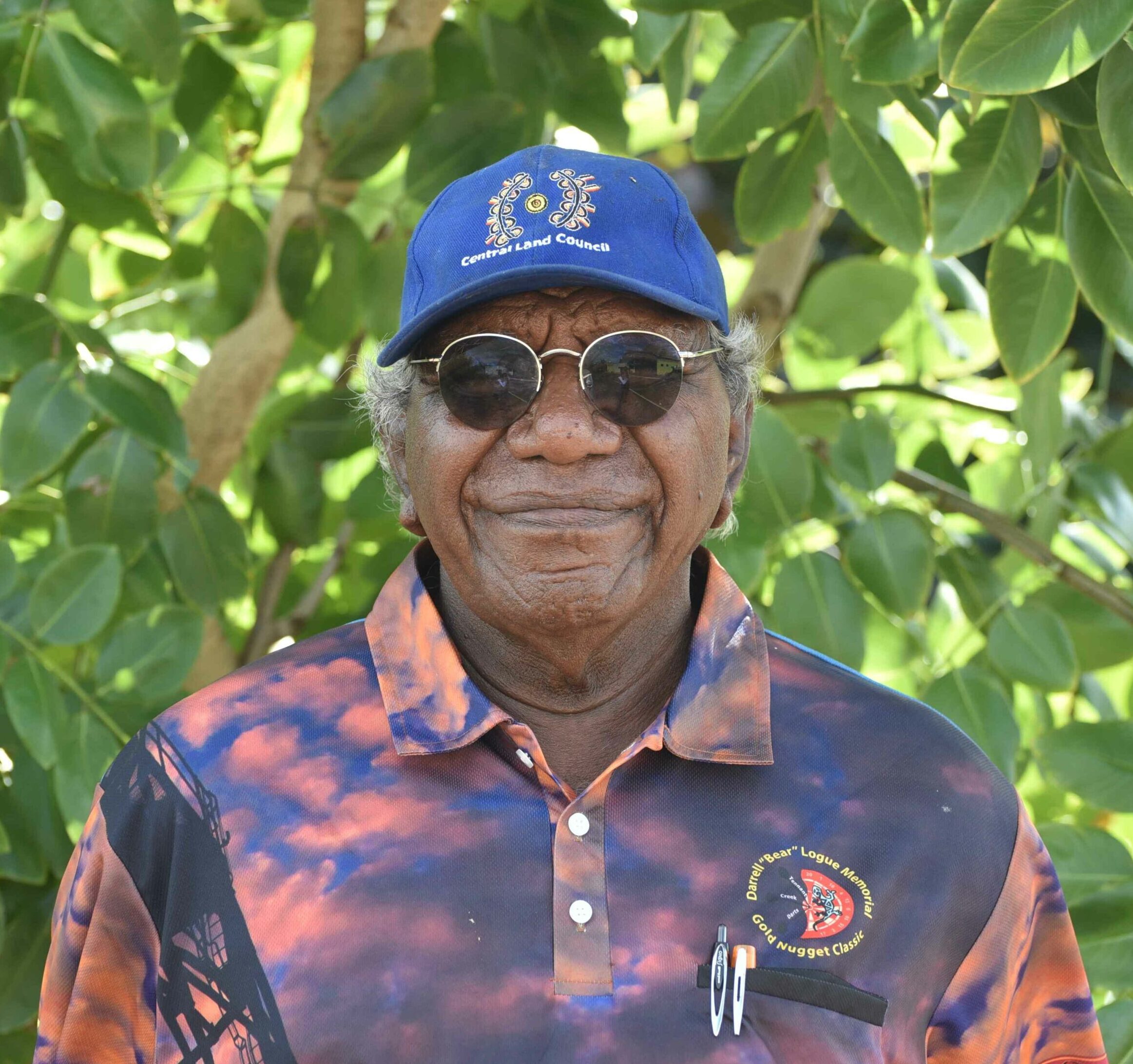
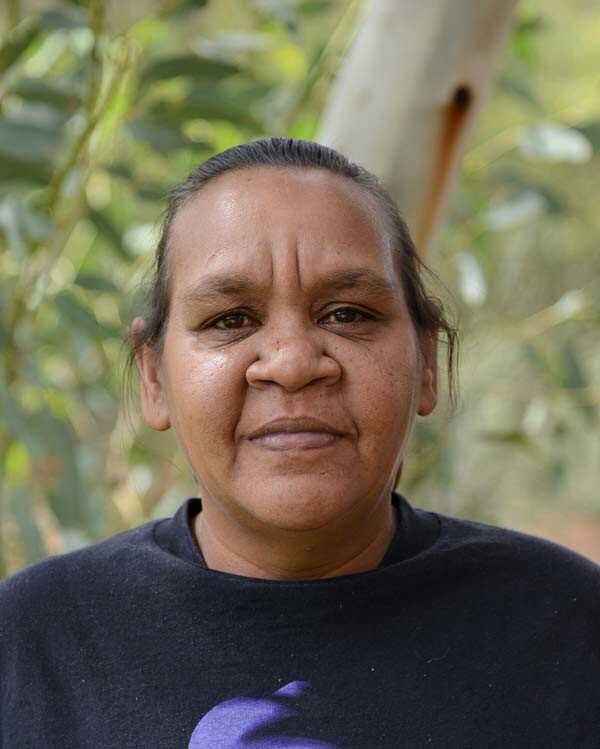
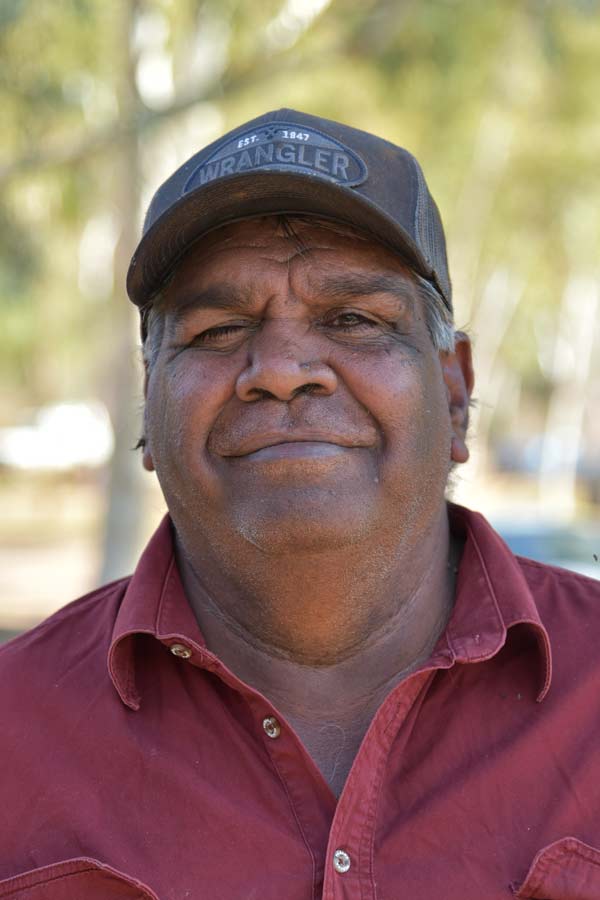
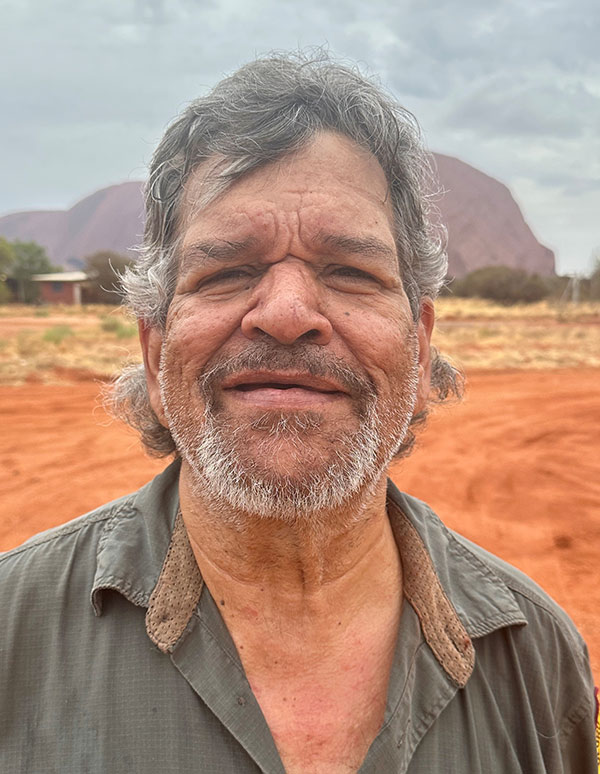
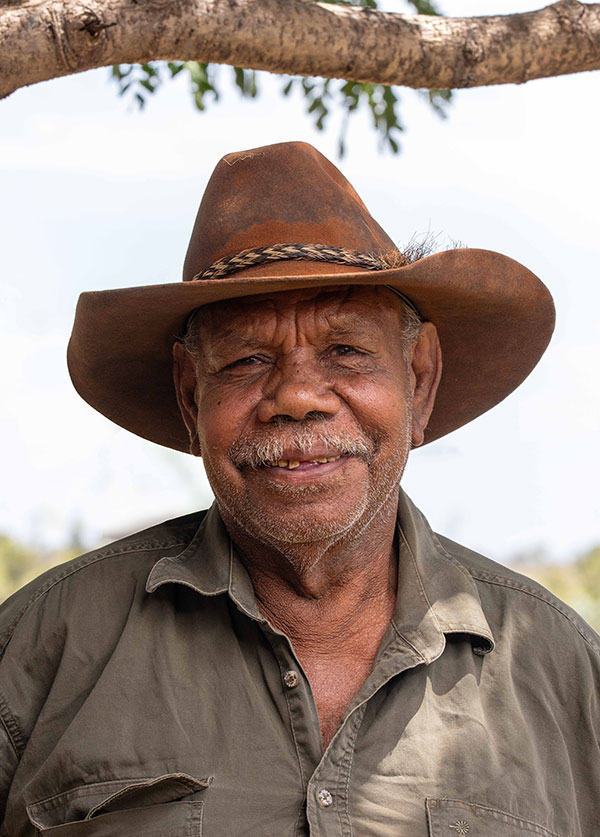
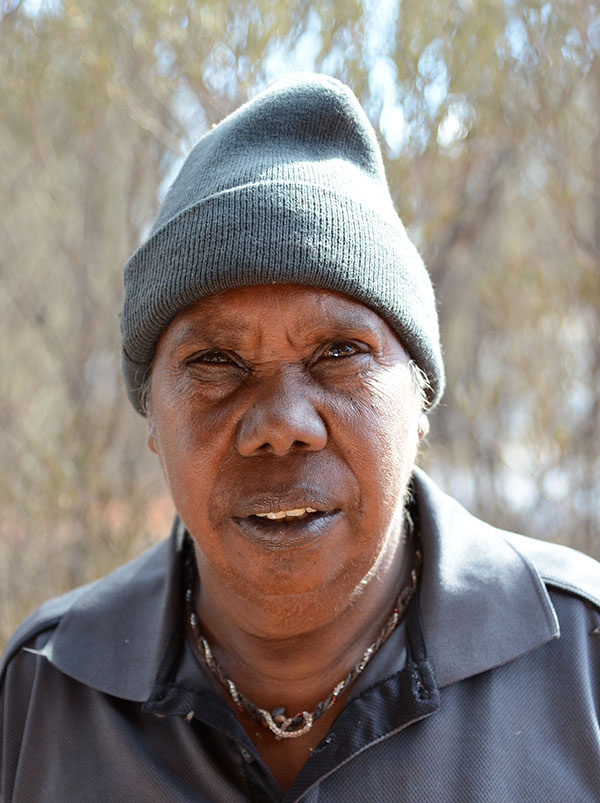
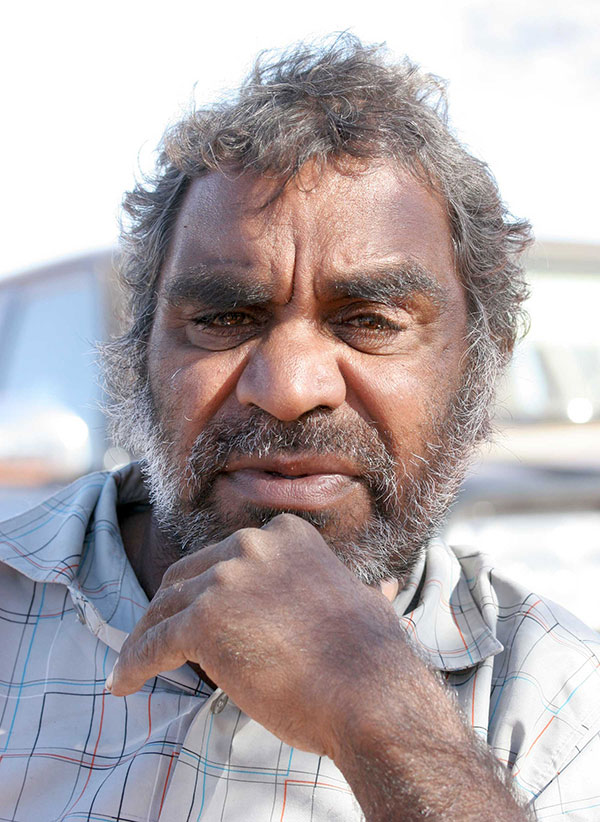
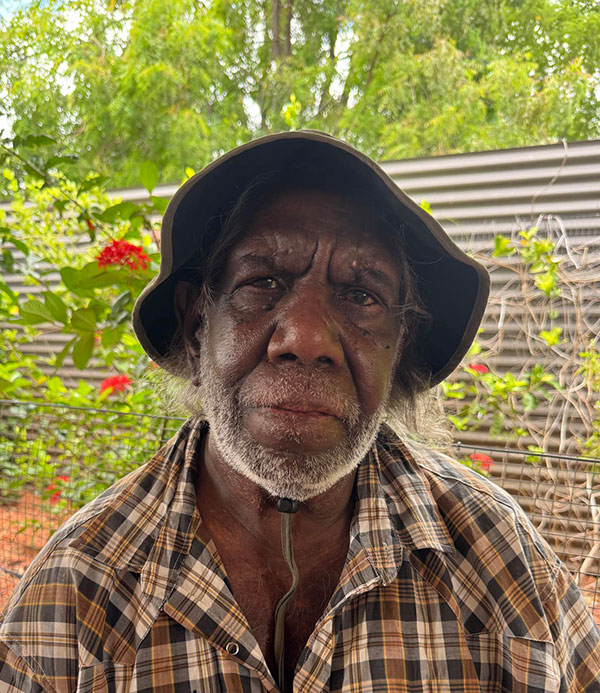
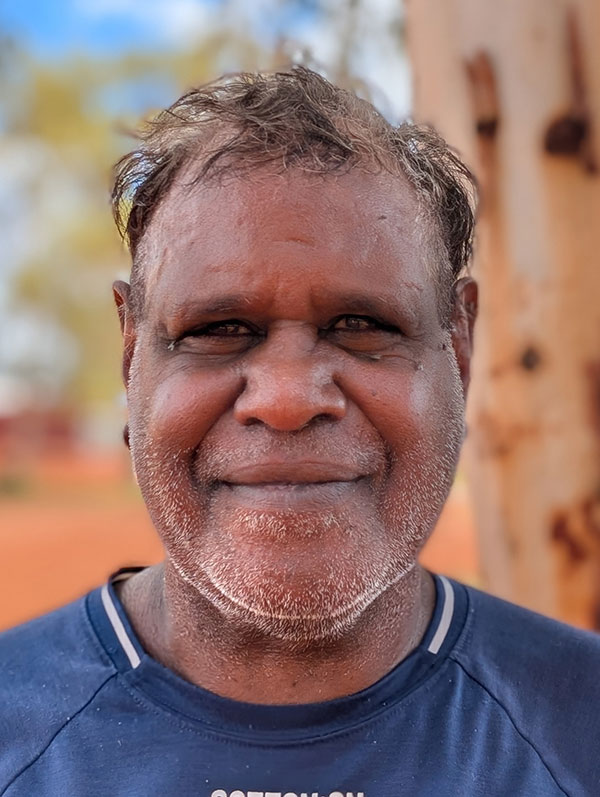
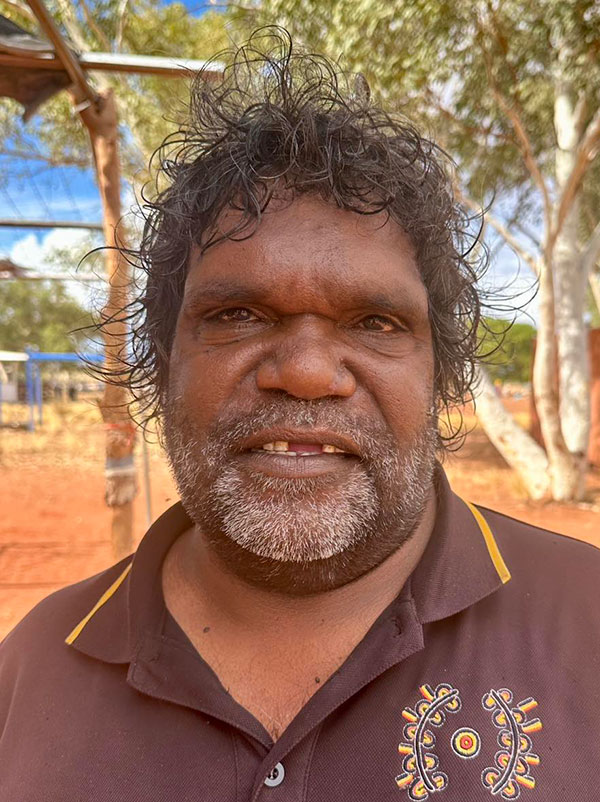
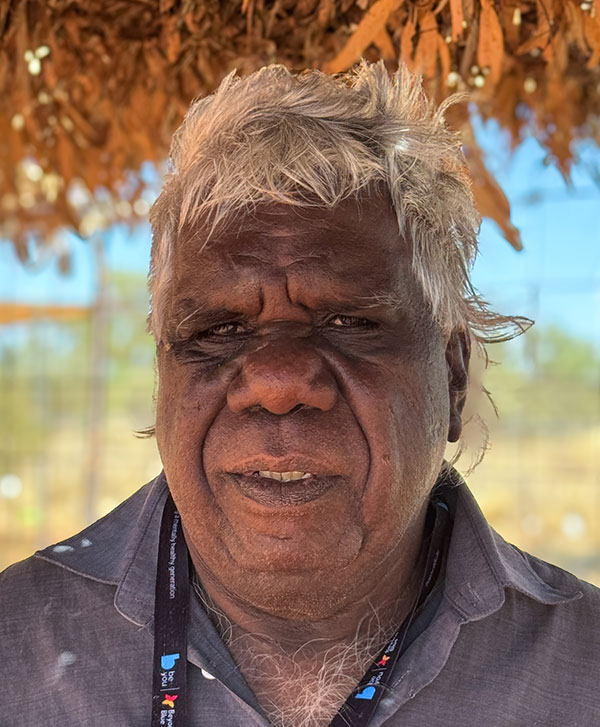
Communities or area and their recognised entities responsible for nomination
REGION 1
Tunkatjira (Alice Springs Town Camps): Tangentyere Council
Alice Springs Native Title Holders (2): Lhere Artepe Aboriginal Corporation
Alice Springs Homelands: Ingkerreke Outstations Resources Services
REGION 4
Yuendumu Homelands (2): Yapa-Kurlangu Ngurrara Aboriginal Corporation (YKNAC)
REGION 6
Tennant Creek Native Title Holders (2): Patta Aboriginal Corporation
Tennant Creek: Julalikari Council Aboriginal Corporation
Canteen Creek: Canteen Creek Owairtilla Aboriginal Corporation
REGION 7
Utopia Homelands (2): Urapuntja Aboriginal Corporation
Alparra (2): Urapuntja Aboriginal Corporation
The council can approve an organisation to nominate a member for a community. This organisation is called a recognised entity. The recognised entity’s nominated member then represents that community on the council, just like every other member.
The council considers the recognised entity to represent the community. The entity must be an Aboriginal community-controlled organisation that services the community and has a majority of directors and members who live in or around the community or are traditional owners of the community.


